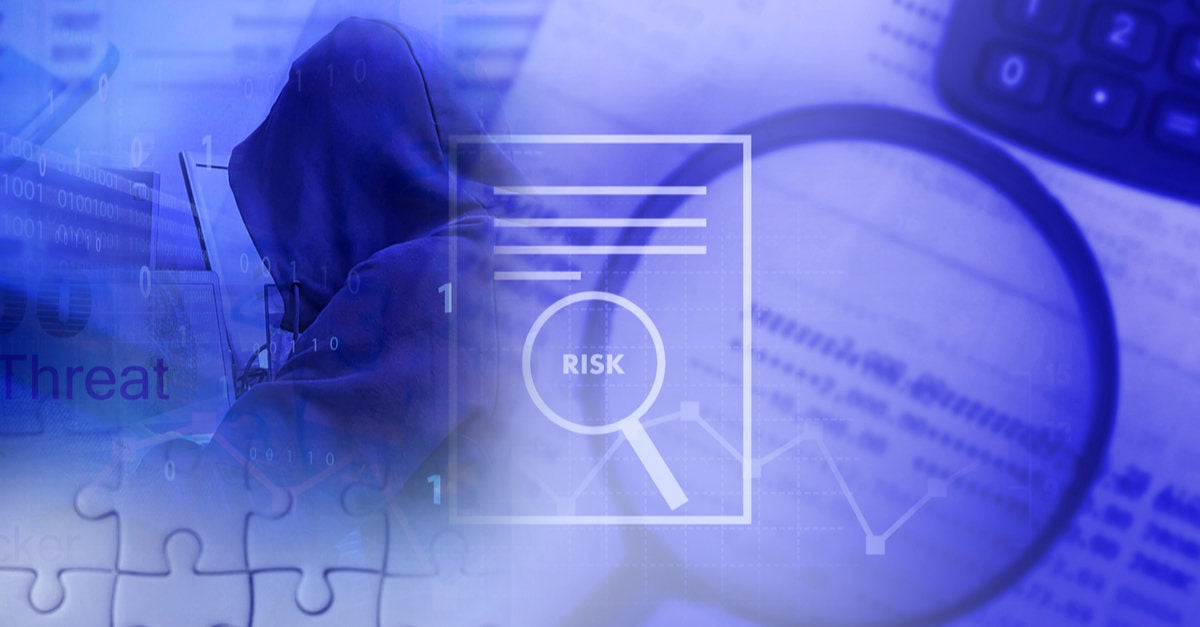In a highly connected world, it is commonplace for organizations to fall prey to data breaches. To avoid data falling into the wrong hands and resulting in tremendous loss, all sizable organizations should invest time into a risk assessment. A well-performed cyber risk assessment is a proactive initiative to safeguard your business.
What is A Cyber Risk Assessment?
A critical starting point in the risk management world, risk assessment is no stranger to businesses across many sectors. By identifying risks or cybersecurity pitfalls and the consequences they pose, organizations can mitigate potential risks.
As defined by NIST, a successful cyber risk assessment should be able to: identify, estimate, and prioritize risk to organizational operations, organizational assets, individuals, other organizations, and the Nation, resulting from the operation and use of information systems.
By staying informed with relevant information on the organization’s current security posture, stakeholders are empowered to make proper decisions in response to threats.

How Does A Cyber Risk Assessment Work?
A cyber security risk assessment is so much more than simply identifying the different types of potential threats and responding to them. With a primary goal to determine what to protect, a well-executed cyber security risk assessment should cover the following aspects:
- the crucial information technology assets in the organization structure
- kinds of data breaches that could cause a huge impact
- the sources of cyberthreat
- the types of cyberthreat
- estimates on the level of impact each identified cyber threat may cause
- the likelihood of cyber attacks
- internal and external vulnerabilities
- the scope of risks that your organization can manage
- which part of the organization would be compromised
Cyber risk assessment process
The main idea here is to create organizational transparency on the team’s priorities through careful assessment of current circumstances. By processing each part of the existing security status, the team gets a better overview of the infrastructure in use and the value of data. Here are 4 concrete steps for you to start conducting a cybersecurity risk assessment.
Step 1: Map out and rank data according to the value
The fact is that you can never protect yourself from all of the cyber threats out there. Most organizations cannot allocate an enormous budget to cybersecurity. In that case, it is crucial to identify and address your most urgent and business-critical needs. The only way to achieve this is to map out all potentially vulnerable critical assets. Apart from hardware and devices, you should also include applications, end-users, data centers, and even vendors with data accessibility. This gives you a general understanding of the overall attack surface.
With a comprehensive asset inventory, you can then proceed to measure the importance of your assets. Define their values to your organization with standards like market price, legal standing, scarcity, and business goals. The aim here is to classify and assign values to come up with business priorities. Aside from importance, it is important to factor in categories of assets as well since it also greatly contributes to determining an asset’s actual worth. Some example categories include:
- Public: Information that has already been officially distributed should not be a major concern in a data incident.
- Confidential: Any information that is protected by non-disclosure agreements or other legal documents could entail serious consequences.
- Internal Use Only: If the data is concerned with the business’s interest, a leakage could seriously impact day-to-day operations.
- Intellectual Property: Trade secrets, patents, and extremely sensitive information that have an impact on revenue or profitability should be put into this category.
Step 2: Identify Security Threats
Now it’s time to recognize the types of threats that your organization is facing. Aside from online threats such as malware, consider other aspects as well. Here are two major risk types that could damage your company’s data storage:
- Natural disasters: Never underestimate how nature can destroy hardware. If you happen to own any servers on-premises, it is a must for you to take natural hazards like floods, earthquakes, power outages, and fire into consideration when implementing protective measures. An effective disaster recovery (DR) solution should form part of an organization’s business continuity plan (BCP).
- Human errors: The most common reason for data leakage. Any member of your organization can be tricked into a phishing scam or malware attack. Pay extra attention to ways to control end-user access to the system with strengthened IT and data security tactics.
The next step of a cyber risk assessment is to find weak spots in your systems and networks. This could be accomplished with the help of diverse tests, vulnerability assessments, and scanning software available on the market. Processes like pen testing and security scans take your risk remediation plan to the next level. Based on the results, you can then take some time to improve or eliminate organizational vulnerabilities with patch management and updates.
Step 3: Analyze and Come Up with Controls
The next procedure in a proper cyber risk assessment is to hone in on the safety measures you’re using currently. Take note of the previous processes and implement security controls that cater to your individual needs. Make sure that you cover both preventative and detective controls. The former category is the frontier in defending you against attacks, while the latter spots attacks.
Step 4: Measure the Likelihood and Impact
Now that you have a concrete idea of your priorities, risks, weaknesses, and protective measures, you can conclude the cyber risk assessment by evaluating how likely they would cause a problem. At this stage, you can speak numbers to parties concerned by comparing the costs of damage to preventive spending.
Identify Cybersecurity Threats with Sangfor
If you have any concerns about Sangfor's security assessment or means to secure your organization’s technical structure, do not hesitate to get in touch with a specialist from Sangfor. We promise to offer in-depth industry expertise with bespoke advice and robust cybersecurity solutions suitable for organizations of all sizes.





